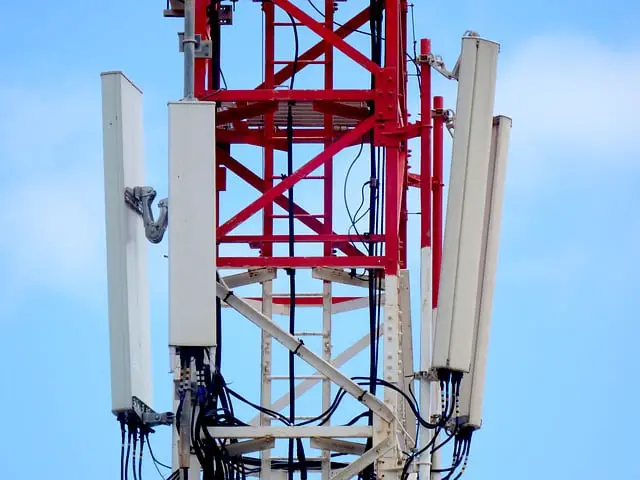The health effects of the 5G radiation are being debated. However, one study has suggested that there is a connection between radiofrequency radiation with cancer among male rats. The study was classified up until it was removed at the end of 2012 by Central Intelligence Agency, but it shows that radiofrequency can trigger cancerous growth in animal, and even humans. In the research, scientists exposed male rats to radiofrequency for 15 days , and discovered that they developed same kinds of cancers that humans develop.
Health impacts of 5G radiation
Although the rapid growth of wireless communication is causing the creation of 5G systems, there are growing concerns regarding the health risks of 5G radiation. Although higher frequencies do not affect the body as much as the older technology, researchers have raised concerns about possible health effects that are systemic and have called for more research. To ensure that the population is safe, it is the European Commission is requesting independent studies to determine if this technology poses any health hazards.
It is vital to realize that there's a large number of misinformation about the health effects of 5G, and it is vital to dispel any misunderstandings that may persist. Although 5G isn't yet widely used however, there are many people who are being warned that it could cause health issues mostly via social networks, where hyperbolic language is used.
Beamforming technique
Beamforming is among the most vital technologies in five-G networks. It is a technique which makes use of several radiating elements to produce a narrow beam. The goal in beamforming is minimize the amount of unwanted radiation within the resulting signal. This method is widely employed in wireless communication systems, and is essential for 5G's cost-effective coverage.
5g towers radiation is based on electronically weighing the signals from each antenna. This creates an extremely smaller beam of radiation which improves cell coverage indoors and near the cell's edges. This is crucial since poor coverage could lead to lower user satisfaction. Along with increasing the signal beamforming can help reduce the amount of interference a user encounters from other devices.
Power density
The intensity of 5G radiation from cell towers will be similar to that of previous generations of 3G and 4G systems. A reason that lower is the electrical components' sensitivity. The highest radiation output of the 2G handset was around 2 Watts, while that of the 4G model was around 200 milliwatts.

The power density is a measure of how much electromagnetic energy can be absorbed into the body from a specific distance. The power density of radiation 5g is usually expressed in Watts per square metre. Contrary to the SAR measurement, it is an actual measure of the amount of electromagnetic energy that can be found in the space. The limits for power density may differ for mobile devices and wearables according to their operating frequencies and distance.
Specific absorption
The Specific Absorption Ratio (SAR) can be described as a measure that measures the rate at which a certain frequency deposits power into human tissues. In generally, 5g radiation is not more than two watts per kilogram of body mass. https://fnote.me/notes/bJLLt6 is calculated from the electric field present within tissues and the density of mass, measured in kilograms per cubic meter. The method was recent used to determine the antenna design.
The new radio technologies which comprise the network 5G work at frequencies that are below 6 GHz. These frequencies are known in millimeter waves. However The FCC's SAR compliance test only applies to frequencies up 6-GHz. Additionally, the SAR test requires that measurements be performed with phantoms made of tissue simulating media.
Skin health and its effects
We have no information on the health impacts of 5G radiation to the skin. The current knowledge is limited because of the absence of research in-vivo as well as theoretic models. There is however an urgent need to conduct more studies of the effects of 5G radiofrequency radiation on human skin. The use of 5G radio frequencies could cause damage to the skin particularly to the epidermis, an extremely sensitive organ.
Unlike 4G, 5G radiation is one of the highest frequencies that has been shown to cause heat to human tissues. Human bodies are dipolar, and the higher frequency of 5G radio waves can cause heat to the skin. The exposure to radio frequencies from 5G could be detrimental to other organs of the body, like the brain.
